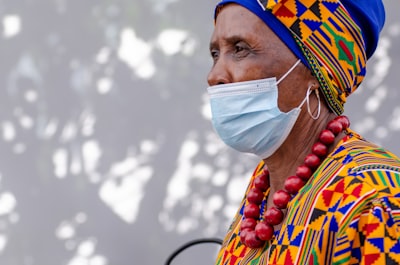Summary
The US government's decision to dramatically cut funds for global HIV/AIDS programs—particularly the abrupt halt to PEPFAR, historically a cornerstone in global AIDS response—has sparked alarm among health leaders worldwide. Winnie Byanyima, Executive Director of UNAids, paints a dire picture: if the cuts persist, the world could see 6 million new HIV infections and 4 million AIDS-related deaths by 2029. The move compounds years of declining aid, further exacerbated by distraction and spending shifts linked to the Ukraine war and a broader retreat by traditional donors like the UK. The heaviest burden falls on eastern and southern Africa, home to half of all people living with HIV, with nations like South Africa, Botswana, and Zimbabwe most at risk.
Analysis
The withdrawal of US funding, particularly the PEPFAR program, spotlights how fragile progress in global health can be when aid hinges on political tides. PEPFAR, launched by the Bush administration and long considered a bipartisan success, saved millions of lives at relatively small cost to the US. Its disruption is not a simple accounting shift—it shreds the foundation of care, prevention, and research ecosystems built over decades. The article highlights the immediate impact: collapsed prevention services, lost jobs, halted research, and the return of avoidable deaths, especially among already marginalized groups (young girls, MSM, etc.).
Yet, these events also reveal deeper structural imbalances. Northern countries, especially the richest G7 nations, continue to extract more wealth from the Global South through debt, profit, and illicit capital flows than they give back in aid—a dynamic now thrown into sharper relief by these aid cuts.
The reporting leans heavily on Byanyima’s passionate, personal account—conveying urgency and even despair. While it clearly centers her voice, it does not extensively explore dissenting views, such as those who argue for domestic resource mobilization in Africa or question the long-term efficacy of external aid. The article also frames the issue as a crisis born primarily of high-level (male) political decision-making, reinforcing the view of top-down, unaccountable control over global health.
Discussion
This issue matters not only because millions of lives hang in the balance, but because it exemplifies a broader crisis of global solidarity and justice. At the core is the question: Should life-saving healthcare depend on the changing whims of donor states, or is it a global right? The collapse of funding exposes the limitations and dangers inherent in an aid-driven model, where priorities can shift overnight, often for reasons unrelated to the needs of vulnerable populations.
Parallel historical moments—such as the early years of HIV denialism, or the delayed global rollout of COVID-19 vaccines—underscore a recurring dynamic: crises hit the poorest hardest, while wealthy nations prioritize their own emergencies (or wars) and protect their interests. In response, Byanyima’s call for a shift from unpredictable charity to systemic international solidarity, debt justice, and fair taxation is compelling—and mirrors similar calls for reform in climate finance and economic development.
Critical questions linger: Can affected governments and civil society fill the funding gap, or will this trigger a new wave of contagion and death? Might the crisis force genuine reform in how global health is financed—or will it drive affected regions further into debt and dependency? And what of the responsibility of pharmaceutical companies, or the booming budgets spent on military and security at the expense of health?
Ultimately, the story is both a warning and an opportunity: a warning that progress is reversible and dependent on political will, but also an opportunity to rethink a broken system and build something more resilient, just, and equitable—for AIDS and beyond.

Comments
No comments yet. Be the first to comment!